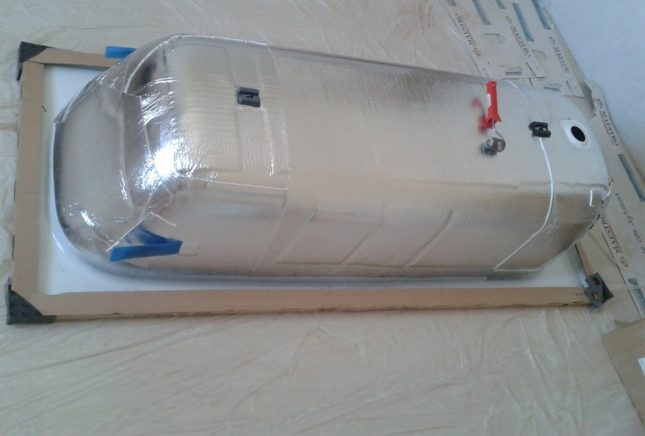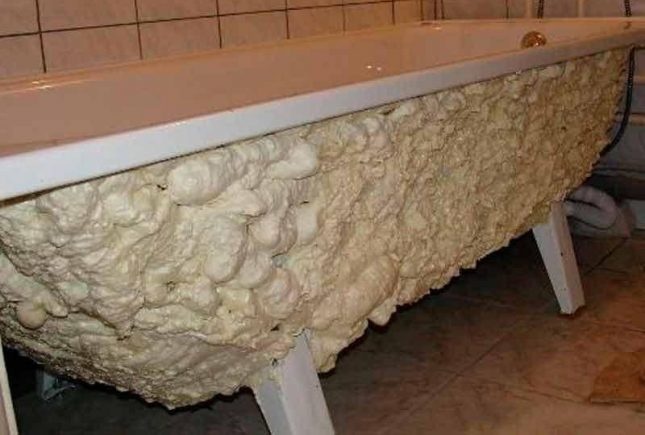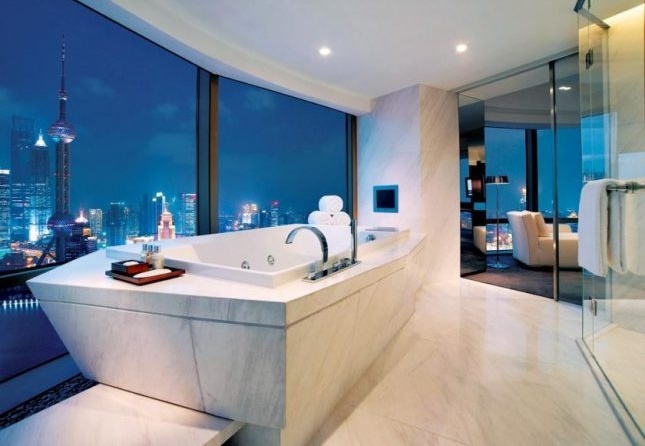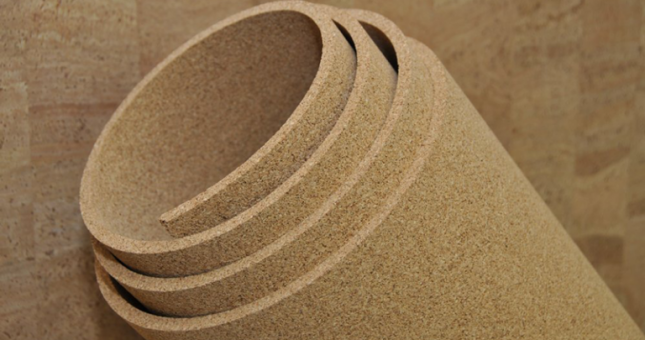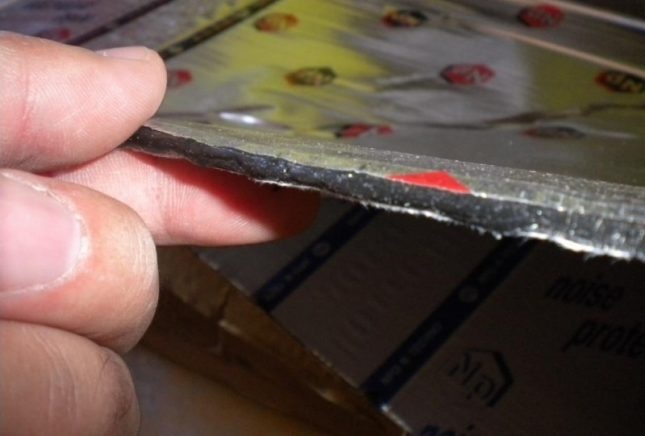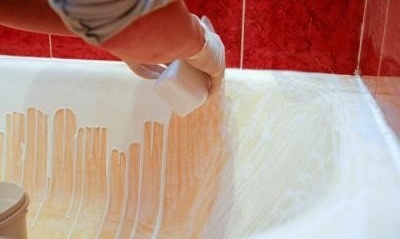How to make a soundproofing bath yourself
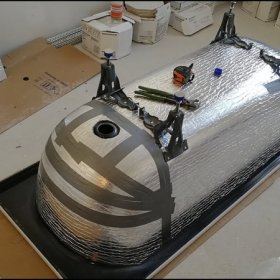
The bathroom is one of the private places where you can relax after a busy day and wash off dirt and fatigue, soak up and take a break from city noise. Water procedures are good for health and replenish the supply of human vital energy. So that extraneous sounds do not interfere with enjoying the shower and the splash of water in the bathroom does not interfere with your home, you should consider effective sound insulation of all surfaces and, of course, the bath itself.
The main methods of soundproofing a bath do-it-yourself
It is optimal to carry out sound insulation work at the construction or repair stage, until the finish. Water under pressure hits the steel or acrylic wall of the bath with sufficient noise, cast iron dampens the sound a little, and also makes noise in the pipes. Experts recommend several different methods and materials for sound insulation. Compare them in terms of convenience, efficiency, price and other parameters.
Foamed polyethylene and polypropylene
The porous structure of this material dampens perfectly, varieties with a foil layer on one side are produced. Glue it to the bathtub gently before installation, turning upside down. In order not to damage the edges, lay a soft substrate. Polyethylene foam is also wrapped around pipes for additional sound insulation.
The advantages of this isolator:
- low price;
- flexibility and softness.
Some modifications of polypropylene do not have an adhesive layer, glue is required for fixing. To save, you can glue only the bottom and sides of the bath to the level of the water being poured.
Polyurethane foam
Polyurethane foam fills all cavities and cracks, fits perfectly into any complex shape, so it is used to seal windows and doors.
Before work, it is necessary to degrease the outer surface of the bowl with an alcohol-containing composition for better foam adhesion, then apply a thin mesh of silicone sealant. Work should be done with a mounting gun, slowly and evenly, so that the composition lies in a solid even layer, allow to dry, drain and overflow should remain open.
For an economical and more complete exit of foam, the gun should be held under a stream of hot water and shaken.
An additional layer of insulation with a plastic film is made by pressing it to the non-frozen foam. The whole structure will look unpresentable, so around the bath you will need to assemble a box or screen made of moisture-proof drywall or plastic, and tile it.
Construction foam is inexpensive, the “summer” variety polymerizes and expands better, withstands higher temperatures.
Minuses:
- susceptible to moisture, fungus forms over time;
- has a limited shelf life.
Technical traffic jam
The most environmentally sound soundproofing method - using natural cork. It has low thermal conductivity and a high degree of sound insulation.
The minus the technical cork can be considered the highest price among all materials, the lack of flexibility, on the rounded parts you have to cut and paste pieces that fit in shape, besides, the cork easily crumbles.
Vibroplast, vibroizol
This material is designed for soundproofing in a car, based on bitumen and rubber. It is very convenient to fix the mats, because they have an adhesive layer protected by a film or paper. We remove the film, press it to the surface, roll it with a roller for a snug fit, the insulation is ready. You can buy it at car markets and in stores with auto parts. The material is quite flexible, so it fits tightly around the rounded surface of the bath.
Additional advantages:
- vibration insulation costs more than polyurethane foam, but cheaper than technical plugs;
- it does not absorb moisture;
- withstands temperatures from -45 to +100 ºС.
Liquid acrylic
Another easy way to insulate a bath. This material is applied to the inside of the bowl, resulting in an even, thin coating and a decorative effect is obtained. To work, you will need two components: hardener and acrylic enamel. Acrylic has a rather pungent odor, so respiratory tract protection will be required.
Sequencing:
- Remove dirt and rub the inside with abrasive powder.
- Degrease and dry the bowl, remove the siphon.
- Pour acrylic in a circle continuously and evenly, it spreads out in a layer of 6 mm thick, without bubbles and streaks, completely freezes within 2 days.
Advantages of the acrylic layer:
- durability: not less than 10 years;
- both white and colored enamels are sold;
- strong, even, wear-resistant coating.
All these methods of noise insulation of the bath are quite budgetary, they will help not only reduce the noise of water, but also heat loss, this is especially true for steel baths, the walls of which reflect sound and conduct heat more strongly than acrylic and cast iron.
